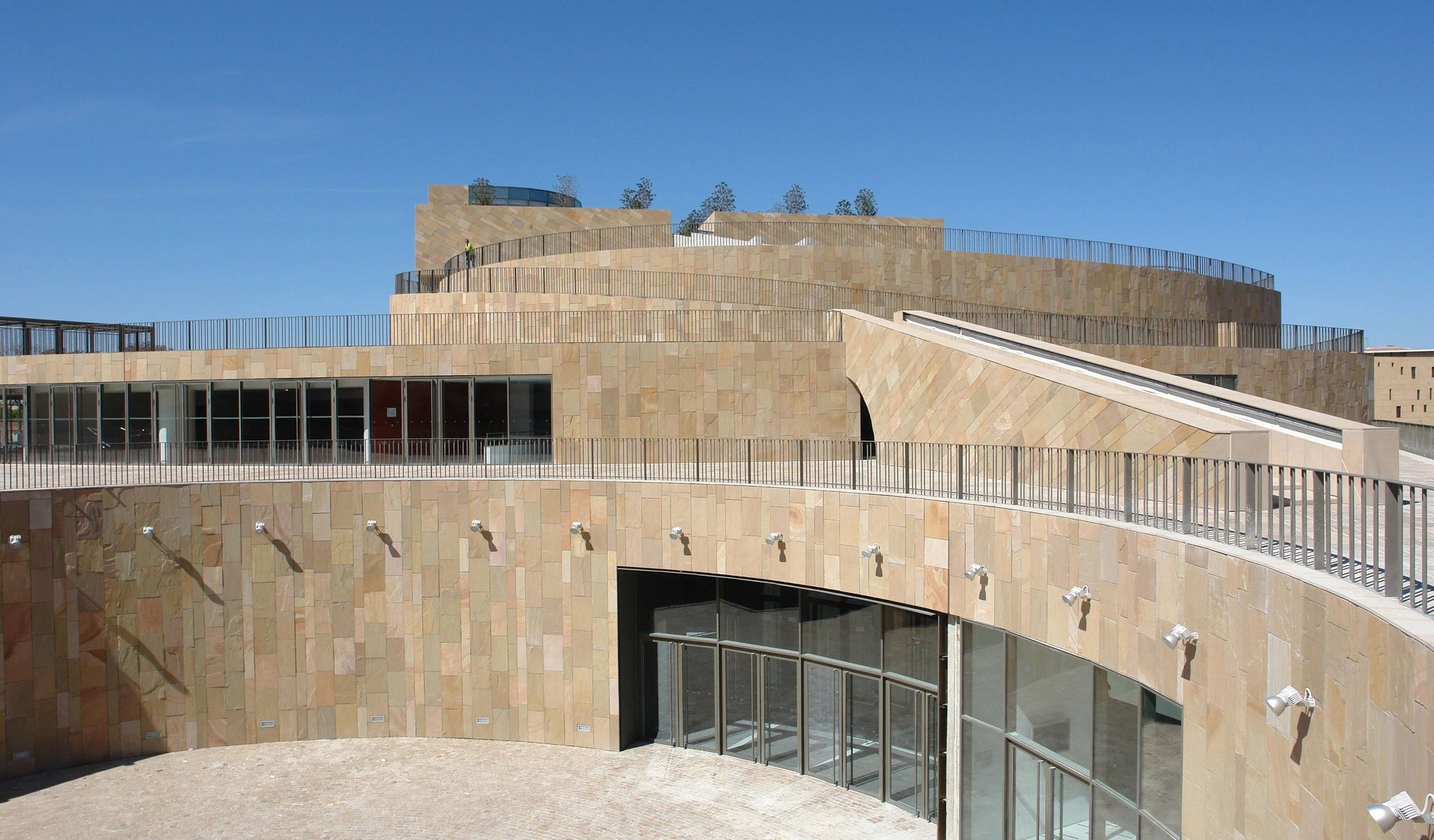
Program
Featuring
Other information
The event is about 2.5 hours long.
About the event
Symphonic Minutes, a portrait wrapped into a violin concerto, a symphonic poem, an opera excerpt and “an old scoundrel's tale – in rondo form.” Three composers with a fantastic gift for orchestration; untold yet pleasing stories and the endless mix of timbres in an orchestra – this is on offer at the joint concert by the BFO and French soloist Renaud Capuçon. This is not the first occasion the superb violinist and one-time concertmaster of Claudio Abbado’s has performed with the orchestra. This time, he appears on the podium after Dohnányi’s Symphonic Minutes (composed with a ballet stage in mind) to perform Bartók’s magical early violin concerto called the first, but in fact not even acknowledged by the composer. After the intermission, the focus is on Richard Strauss: the story of the famous womanizer is followed by Oscar Wilde’s seductive but terrifying heroine, and then, eventually, Till Eulenspiegel plays his tricks on the audience.
In 1933, to celebrate the 80th anniversary of the Orchestra of the Budapest Philharmonic Society, the great trio of Hungarian composers joined forces: One work each from Bartók, Kodály, and Dohnányi was on the program of the jubilee concert. A year later, Symphonic Minutes also reached the stage of the Budapest Opera House with choreography by Dohnányi’s wife, Elza Galafrés. The five movements are the ethereal Capriccio, a somewhat dejected Rhapsody, a buoyant Scherzo, a movement of variations on a 16th century melody and a carefree Rondo.
Bartók’s Violin Concerto No. 1 is a confession, the musical imprint of unrequited love and the result of processing an experience. The young composer was 27 years old in 1908 when he sent Stefi Geyer, the woman he was in love with, the concerto about her. She was given her own five-note leitmotif or musical motto in the piece, and the two movements show her two faces. The composition breaks with concerto traditions in more ways than one. The fact that the piece has two movements is unconventional, as well as Bartók choosing variations instead of the sonata form in the first movement. After the portrait of the idealized, celestial and inward Stefi, in the second movement, we can hear the cheerful, witty and amusing Stefi. The work, published only half a century later in 1958, has since become a favorite of violinists.
A teasing, increasingly vehement musical theme for four French horns with lyrical melodies between the returns of the theme – anyone can guess without knowing the title: this is all about Don Juan’s conquests. Strauss did not permit the printing of a text next to his composition of 1888 since the story could clearly be followed in his music. A concise, impressive portrait, also rich in tunes.
A seductive woman to replace the seductive man: young Salome, performing a thrilling dance in front of her emotionally highly-strung stepfather, can ask for anything in return for the Dance of the Seven Veils. And she wants the head of John the Baptist on a silver platter. The wonderful last scene, preceding complete madness, is the best-known part of Strauss’ opera, premiered in 1905; its exotic music builds up gradually.
The last piece of the concert commemorates Till Eulenspiegel, a scoundrel from the world of German tales. Arranged like a rondo, the adventures are independent of one another yet are connected by two unmistakable Till-motifs. These continue to echo on even after the death of the title hero, suggesting that provocation and épater le bourgeois (shock the middle classes) are eternal themes. One of the greatest strengths of the light, entertaining music is that beneath the playful surface, it also carries within it deeper layers of life.
